Autism and Play Spaces
When we design a park, a public space or playground equipment, we are surrounded by numbers that we have to meet: the available square meters, the height of the playground, the budget and a multitude of standards and regulations that allow us to create safe and functional spaces.
Recently, within these regulatory criteria, there is one more factor that we must take into account in Spain: the ministerial order TMA/851/2021, which establishes that one fifth of the play equipment that are included in a playground must have universal accessibility criteria.
This order helps us to take into account that there are many children with functional or mental diversity who have a different way of relating to their environment. They also have the right to enjoy a playground, have fun and enjoy of the benefits of play for their development.
Behind these figures and standards there are multiple realities that are not always as visible as a wheelchair can be. This is the case of Ulises, Clara’s youngest son, who is 6 years old and was diagnosed with ASD, Autism Spectrum Disorder. Clara lives in Seville and is the mother of two children. We are very grateful that she opens a small window to her daily life to meet Ulises and find out about his relationship with playgrounds.
Hi Clara. First of all, it would be important to clarify that autism is a disorder that has multiple variants and degrees. How does autism affect your child’s life?
Thank you very much for having me here and for giving me the opportunity to chat for a while about what the autism spectrum is and how it affects our children the fact that the playgrounds are set up the way they are.
ASD is a spectrum, autism spectrum disorder. Although each autistic person is different, many times we have manifestations that are more or less common. In the case of my son Ulises, his cognitive abilities are intact, he is a very intelligent child, above average. His autism becomes apparent in three different settings.
The first is a level of hyperfocus. He is a person who is very focused on a single field of interest, which is things that roll or move on wheels, such as means of transportation.
The second aspect in which Ulises is especially marked by his autism is in the way he expresses himself. Ulises, instead of expressing himself like any other child his age, with a different tone in conversations, expresses himself in a very rigid way. For example, he says “hello” several times, which may seem strange to some people.
The third aspect of his autism is the incorporation of certain very typical traits in neurodivergents such as, for example, not looking into his eyes or avoiding his gaze when he is communicating with you. They have a very different way of perceiving the world, they are very visual, and a great deal of information comes to them through their eyes. If they look directly at you when they communicate, the sheer amount of stimuli they receive is likely to overwhelm them. In addition, he feels very stimulated by noise, he has hyperacusis and hypoacusis. For example, in the middle of a ruckus, he has a hard time identifying sounds, like being called by his name. The solution that we, parents with children who suffer acoustic overstimulation, do is to put them on construction earmuffs to muffle the ambient noise, and they hear us better with them because they can focus on the stimuli that matter to them.
The latter is especially marked in public spaces, when we go out into the street.
In addition to Ulises, you have another daughter, Luna, who is older than him. How important is the playing in their relationship as brothers?
They play together, and they like to play together. But due to the specific characteristics of Ulises’ disorder, he doesn’t really like spending all day with Luna. Playing is an important part of their time together, he is usually more interested in his own world and in his things. Normally it is Luna who looks for Ulises and not vice versa, because Luna is a neurotypical girl and has social needs in the way that we can understand from a neurotypical point of view, in which we are gregarious and tend to seek social contact. Luna initiates these interactions, but when they are together, playing is everything and they play what any other child does: hide and seek, catch, search for things, there is symbolic play, they make up their stories… They are like any other couple of siblings, including when they get along badly.
Do you frequently go to a playground with your children? Do Luna and Ulises relate differently to these kinds of spaces?
Ulises and Luna have a diametrically opposed relationship with the play spaces, unless they are playing together, with Luna directing the playful activity and setting the pace. If we leave them alone, Luna uses the space as a whole: she can go up to a castle and invent a story by herself, like she’s going to escape from a tower or fight some bad guy. While Ulises focuses on a specific aspect of the space, for example, the wheel that turns, a specific mechanism… and he can spend a long time interacting with that mechanism. Autistic children tend to focus more on parts of the game than the whole. When there are more children, it becomes more general, because neurotypical children tend to pull autistic children and they are left because they also need socialization and acceptance.
What does Ulises enjoy the most in a playground?
What he personally enjoys the most is anything that goes around, anything that resembles a car, anything that resembles that which is in the center of his hyperfocus. In the case of autistic people, this interest can be very varied, but in the case of Ulysses, he likes things that turn and means of transport: planes, trains, ships, etc. Everything that comes out of there, he may like, but perhaps less, or he may focus on a specific detail that interests him.
Is there any type of play equipment that presents any difficulty or barrier for him or that he needs help to be able to use it?
In the case of Ulises, he is a child who does not evaluate the risk of certain games very well. For example, climbing on something that has ropes or small steps can be very problematic for him. This summer, in fact, we were in Cádiz with some children who seemed neurotypical and who were climbing very high parts of a play structure. And Ulysses, by imitation, went and did it too. Then he called me and the relatives who were there to help him, because he lost his footing and was left hanging.
This is what gives him the most headaches, the most frustration, because he tries to be like the rest of the children; but when it comes to doing certain things, although he is quite agile, he may be prone to take risks that he does not value and then he may be afraid of the situation or feel overstimulated.
Do you think that playing brings any benefit to Ulises?
The screens work very well for him, because they are a source of calm and to a certain extent, he can control them. But if he doesn’t go out, that’s his whole world and it leads him to repetitive behaviours such as echolalia, whereby a person repeats the same thing over and over again, like phrases from television series or computer games.
So, when he goes out into the street, he has less echolalia, it helps him to vary his language, to let off steam physically and to improve his ability to adapt to the environment, which is something that they will have to deal with when they are older and we have to deal with it since we are young, however frustrating it may be. Therefore, playing is for my son a window to what life is like. We cannot be educating a little one to always be on a screen because it is what is comfortable for him.
Does Ulises interact differently with other children in a playground than in another context?
Not really, because he is very rigid when it comes to communicating with others. He follows the same communication rituals he always has: greetings, asking for things please and thank you. He is very polite because we have taught him that way, but he doesn’t get out of there. Ulises needs to experience different situations in sufficient quantity to realize that at times he has to behave in one way and at other times he has to behave in another. But mainly that is the biggest challenge of neurodivergents with ASD, who don’t understand why communication is contextual and why we behave in one way or another depending on the situation in which we find ourselves.
Are there any types of play equipment that you think should be incorporated into playgrounds that could help children with autism?
Many times, the play elements that exist are too general, a castle or a ship, but a lot of love for details is missing. For children with autism, it does a lot of good to see things that turn, small details that can give them that peace of mind. Also, games with swaying or turning, they feel similar to stimming, which is something that autistic people do when they sway, either because they are bored and want to stimulate themselves, or because they are nervous and want to relax.
There is another thing that I also miss a lot, and they are places to be calm. Many times, a playground is a place where there are many screaming children, with screaming parents, barking dogs and many things happening at the same time. In addition, they are usually very small spaces because there’s not much space in the cities for them. When the space is larger, the sound is distributed better and this can greatly help children with autism and all neurodivergent people, who have -as I do- hearing sensitivity to very loud noises. Children with autism can be overstimulated by auditory or visual stimuli, but mainly noise can be devastating. A child can have a crisis from having too much stimulation around.
These crises of overstimulation, what can they trigger?
Many times, these crises lead to very difficult situations, not only that the child stays on the floor screaming or begins to sway, or even self-harm (which is not the case with Ulises), but they can lead to the child having a flight behavior, which in the case of overstimulation is quite common and it has happened with Ulises.
So, that the space is larger, that the games have details and that there are places where they are calm, or relatively calm, can help people with ASD a lot.
When designing a playground, we should not only think about children and their games, but also their parents and caregivers. Are there any design criteria that you think can facilitate this relationship of supervision and care with an autistic child in a public space?
We exclusively go to parks that are fenced off to prevent runaway behaviors. In addition, it is important that the space between the play area and the door is large enough so that, in the event that the child has an escape behavior, you can follow behind that child. We also want the play space not to be next to a road, because when they have a crisis, they don’t see anything and they don’t care if a car comes, it’s very dangerous for them.
This is a tragedy that people often don’t know about, so that the spaces are fenced and that there is a wide enough distance from the games to the park gate is vital. This can also help younger children who have not yet integrated the concept of self-security.
Also, another request to the authorities that I would like to make is that many times the parents of children with ASD look for a way for the child to be more supervised or accompanied, as well as with an adult, for example, by training a dog attendance. I think it should be contemplated that the assistance dog can be accompanying the child in the play area, because the child feels extra secure. These dogs are trained to the level of a guide dog for blind people. Also, the dog can play with the child and his friends, and if something happens, they are trained to stop the child from escaping or, if they do escape, they are trained to go after them and track them down.
What message would you give us who design play spaces related to the inclusion of diverse children?
I think that it is not only worth having a mom or dad who sends a message about how diverse their children are and how they adapt to playgrounds. I believe that a lot of good things are being done for the study of autism lately and there are many associations that accommodate and help children, parents and society in general with the dissemination or training of assistance dogs. I think that what I would like to see happen is that designers were more in contact with this type of association, because they are not just the voice of a single person, but rather they see many different cases, with many problems and different needs. No two autistics are the same. Naturally, neurotypicals are already different from each other and autistics are no exception to that.
In the associations, sometimes they find it difficult to find a park in the summer for the children they have left in the association, because many parents have to work in the summer and we leave our children in associations or places for children with autism and their siblings.
Special education teachers and therapeutic pedagogy people are also professionals who know a lot about these disorders and can help you a lot. In the end, a father and a mother tend to normalize the behavior of their children with ASD unless they have a neurotypical child, as is our case, with whom they can compare.
Having a child undoubtedly changes the vision you have of the world, and even more so if you have a child with ASD. For example, in your answers you use vocabulary that is surely unusual in other settings: the distinction between neurotypical people or neurodivergent people allows us to banish the word “normal”. Is there anything you want to add about that?
Even I am not normal, although I have abilities similar to neurotypical levels of socialization with other people. When autistic people grow up and begin to have their own vision of life, there is criticism from autistic people regarding some professionals because, although they see many different cases, they do so against a scale of “normality” that they think exists or should exist. The autistic community has enough of living in a world made for neurotypicals, imagine if we forced them to be neurotypical in a brain that cannot be like that.
We are trying to do the opposite, to tell them: “You are welcome, this world can also be yours”. Neurotypicals also benefit from calm spaces where not everyone is yelling at the same time and more so in big cities. Autistic people come to remind us that we need that, a “slow” space.

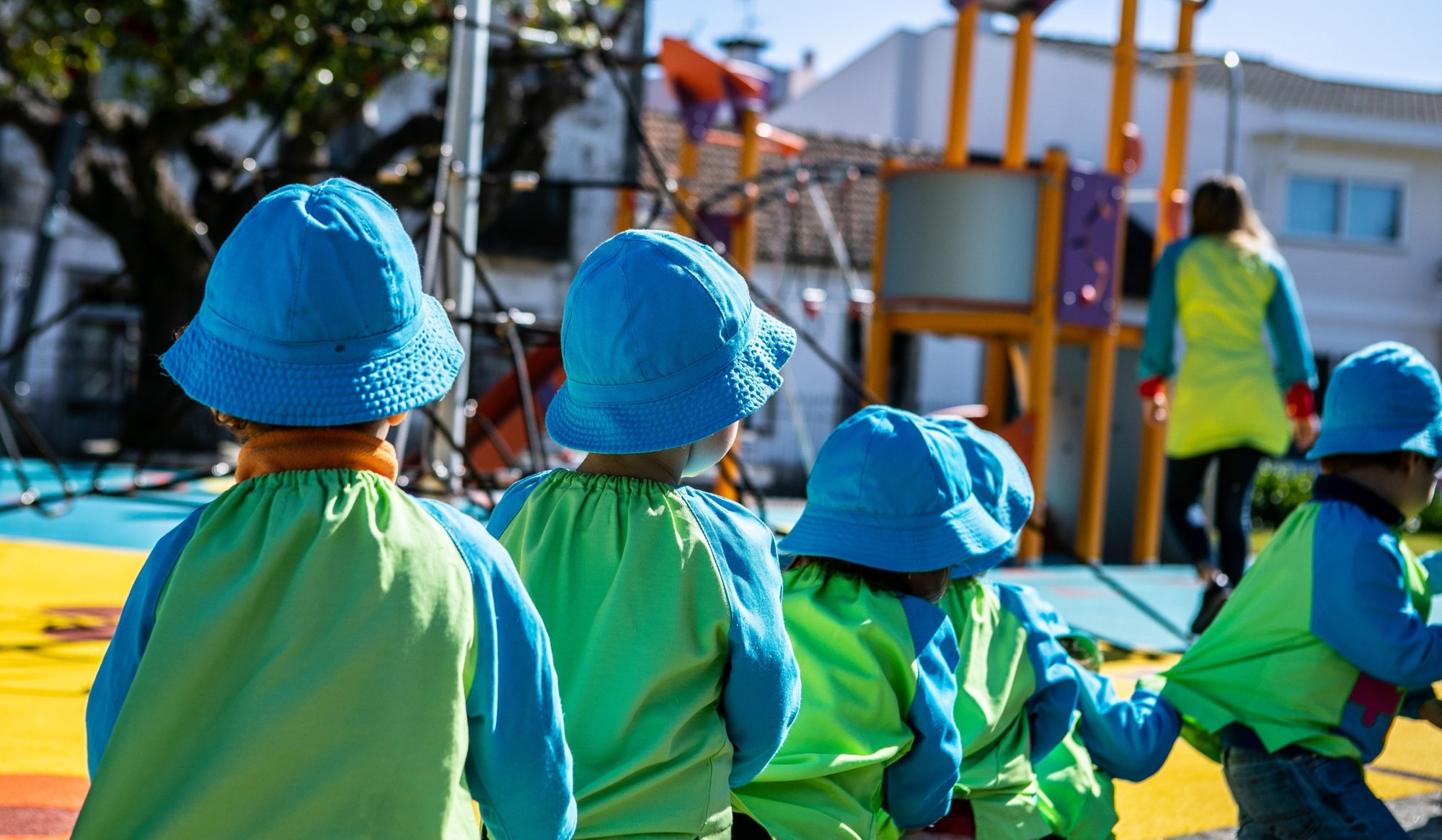
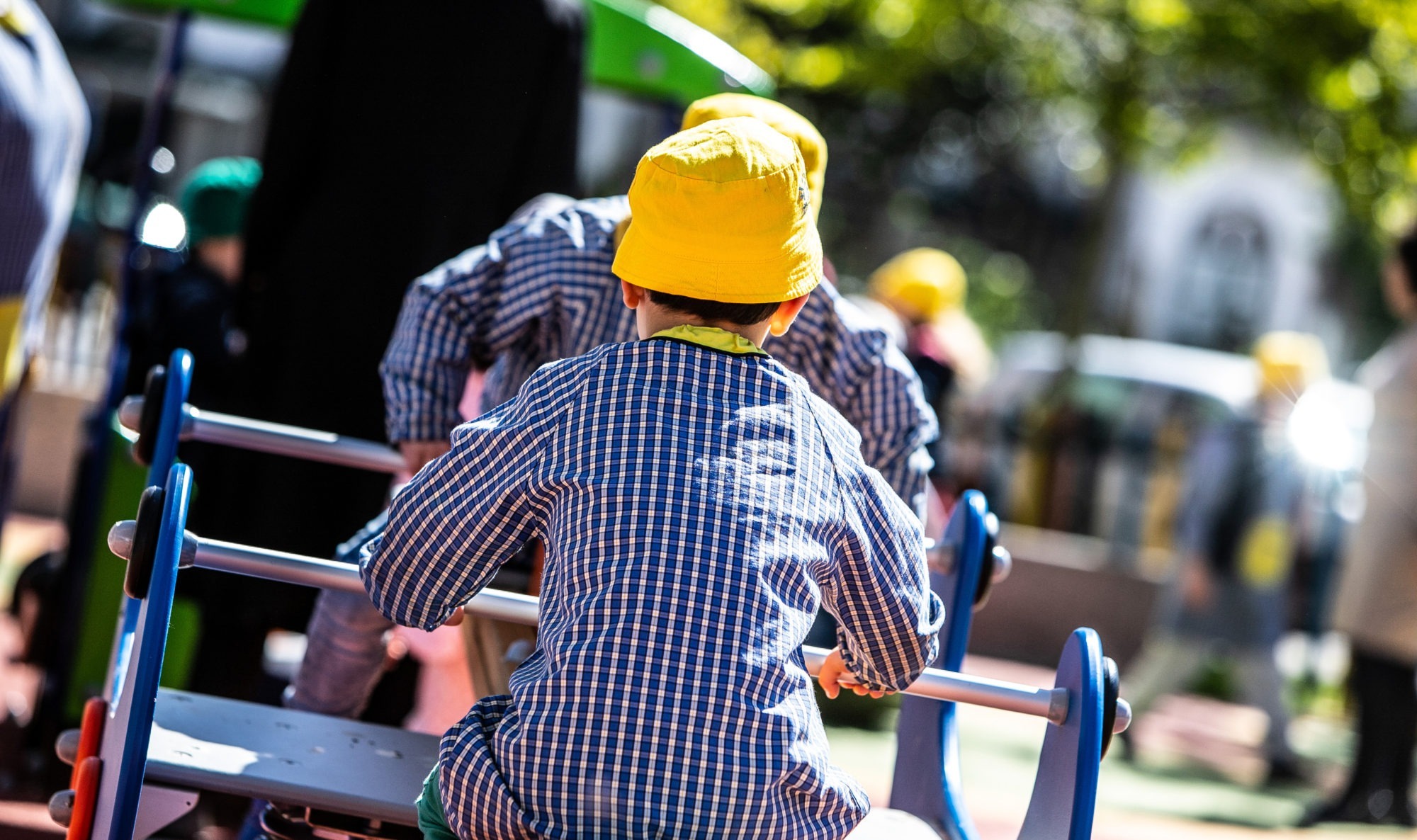
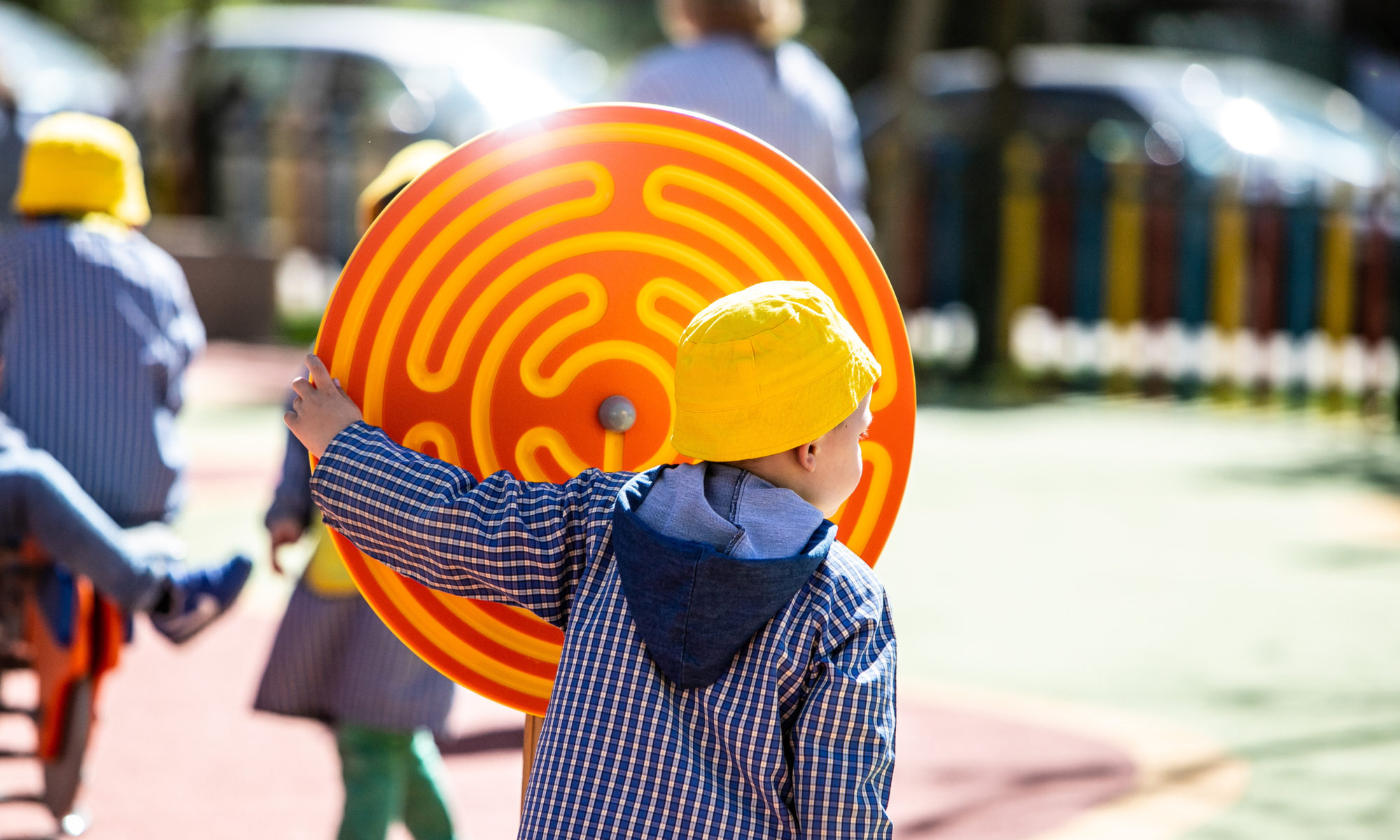
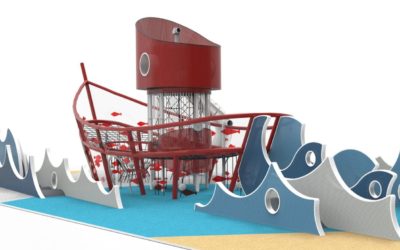
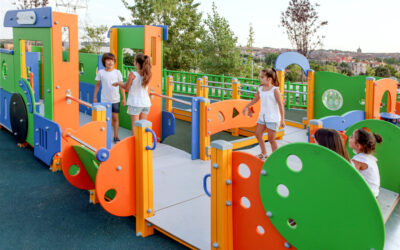
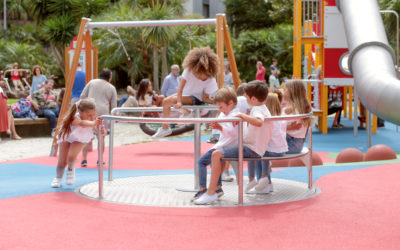
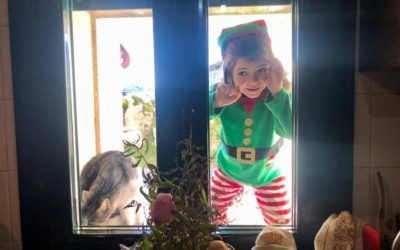
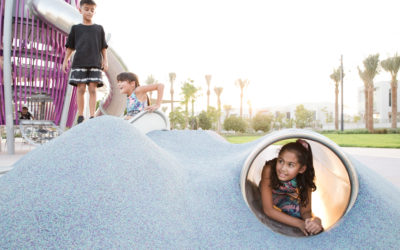
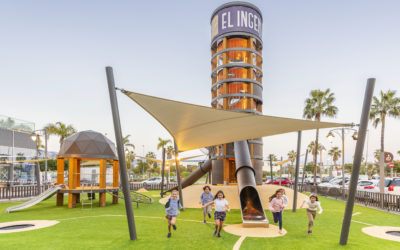
0 Comments